QuestionI have a 18g nano reef tank. I have a pair of percula clowns and a yellow tail golby in the tank for fish, two snails and a cleaner shrimp. the tank is approx 4months old and as far as I could tell w/ my basic test kit it has went through the N2 cycle. about 4 days ago I recived a 4x24" wave point T5 HO lamp which puts out 96w, and decided to start populating my tank w/ some frag corals. they include some basic mushrooms, star coral, one type of LPS(not sure of the name sry), frog spawn, and several types of polyps. late last night I noticed some bubbles forming on the bottom of the tank and a few of the rocks and my female clown was sticking to the top of the tank. Now I have a Fluval 304 canister filter at half capacity and a small Koralia powerhead (425gph) moving the water. I have been told in the past that canister filters are not ideal for salt as they do not propagate very good gas dispersion in the tank so I have it slightly poring out breaking the surface of the water. I have tested and all levels are in the norm PH around 8.3(color coded so not sure exactly,I add a small shot of pH buffer at water changes) nitrates and amonina are great, and nitrites looks good. salinity is always right between 1.024-1.026 I try and do a 10% change every two weeks (not always perfect on that)and filter media aside from the carbon gets changed every other water change. So my question is Why are there all of a sudden a large amount of bubbles all over some of my polys and covering the live sand and some of the rock and my Big female clown is gasphing for air most of the time?? I have just added a bubbler to try and get some O2 in the tank and for now she looks to be doing alright.
AnswerHi,
The bubbles are a bad sign. A toxic O2 bubble which deprives the fish of oxygen.
It means that gasses are forming and the next thing around the corner may be Cyanobacteria, and/or you may already have it and it is very dangerous.
I'd do water changes immediately and I never recommend using a canister filter on a saltwater aquarium, even though your petstore may advise it.
The reason is a canister filter requires changing weekly, when being used for saltwater, because of the amount of nutrients it has to deal with in a salt system, and so not only is it expensive, but they become nitrate factories when they are not properly maintained. Petstore owners and employees often advise to change them out every month to three months. Very, very poor advice.
The reason your readings are good could be a combination of several things. First, you would have no bubbles forming if there was not a phosphate issue, and so we need to get the water quality up to par by doing a 25% water change.
Another thing is you have the new T5 outfit. So, my question for you would be if you are using them longer than 8 hours a day. If so, decrease to 8 hours only.
Heating may be an issue also. Some aquarists are out there advising people to heat their aquariums to 82 degrees, when in nature, they're 76. I advise heat at 76 - 78. No higher, no lower.
Fish at the top tells me that oxygen is low. Very bad, and it is probably directly linked to the toxic O2 bubbles in the tank. This has to be worked on or the fish will die eventually, from having to strive so hard to breathe.
Do a visible test by taking some water out and placing it in a white bowl. Water should be clear and not discolored. It should not show in the bowl. If it does, and you see yellow, it is most likely due to a water condition issue.
If you are changing out 10% of the water every weekend, and cleaning the canister filter's media and changing the peat out (you are using peat, right?), then it could also be linked to the tap water. Tap water is a major cause of aquarium quality issues in the saltwater aquarium. Use R/O water and if you don't have an R/O filter, go to the local store and to a fill station with a five gallon bottle. Human fill station water is R/O water, and sometimes it's also UV sterilized.
If you're not changing water every weekend to 2 weeks, then that's an issue in itself. You need to change either 25% of the water bi-weekly or 10% weekly. I do the weekly changes.
Readings in a tank with issues can be good when algae is at play.
Have you had any algae issues? What are your PO4 readings?
Have you ever used a phosphate sponge? I recommend Phosban in a net, in the filtration unit. Change the phosban every six months. It will bring the phosphates down. The bubbles can't form without them, and it takes a certain string of chemicals to cause the reaction of gas. I use Phosban and I recommend it. I keep it in my tanks, although I have no issues, just incase of phosphates and I don't get gas bubbles. The phosban works great.
Last, but not least, let's increase the flow. 425gph Koralia is good, but please get one more in there on the other side. People decrease flow because of coral, not realizing how fast the ocean is. It has very direct currents in some coral areas, so it doesn't hurt to have some flow. Not a lot of flow, but a moderate flow is good. You can even aim the powerheads at each other and they create a wavish effect in the water.
Silicates are in our drinking water to improve the quality, but they also cause PO4 issues. Use R/O water to combat this issue also.
A recap of my advice:
1. Turn lighting down to 8 hours a day.
2. Increase flow.
3. Clean the filter more often or replace it with a refugium, which is what I recommend. You can modify your nano to accommodate one. If needing assistance in the modification, let me know and I will put up a stream of images to help you with how I modded mine to accommodate a HOB refugium.
4. R/O water only, please.
5. Check heaters for proper settings.
6. Water changes.
7. Phosphate sponge.
I certainly remember gas bubble hell at my house. :) I can truly claim to be an expert. It took about a year to get it under control. It's usually not one single thing causing it. It's usually a combination of many things, together.
I hope this helps. Please feel free to add the specifications I requested, but do the water changes and canister cleaning immediately. Don't wait on those. My guess is the water is putting out toxic gasses, emitting from sand, coral, rocks, and anywhere it can form, and it's going to kill your fish if not treated. Top of water fish, breathing at the top, are a very bad sign.
Good luck and I hope you follow up.
Renee

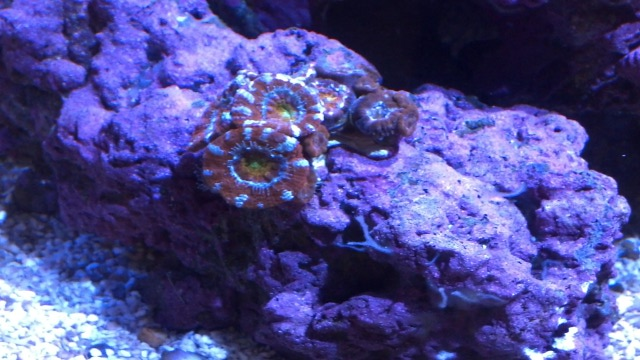 sponge/worm/?? coming out of rock and upsetting Acan
Question
Sponges??
What is this and is it harmfu
sponge/worm/?? coming out of rock and upsetting Acan
Question
Sponges??
What is this and is it harmfu
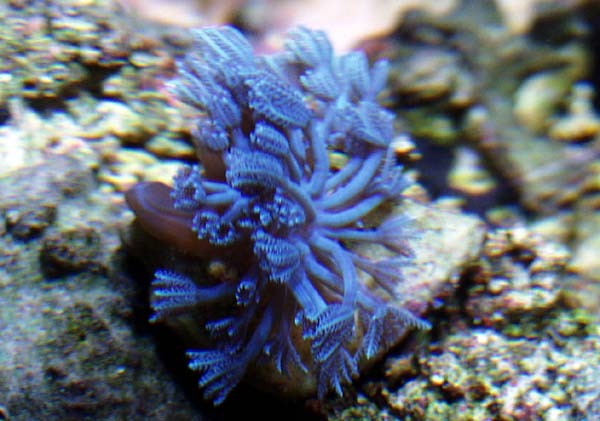 First timer
QuestionQUESTION: Hello Mr. Francis, I just bought a 14
First timer
QuestionQUESTION: Hello Mr. Francis, I just bought a 14
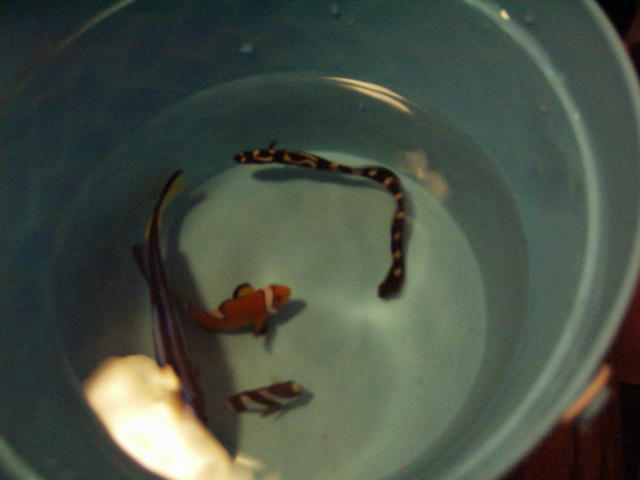 fish id
QuestionQUESTION: I have a long slender fish in my salt
fish id
QuestionQUESTION: I have a long slender fish in my salt
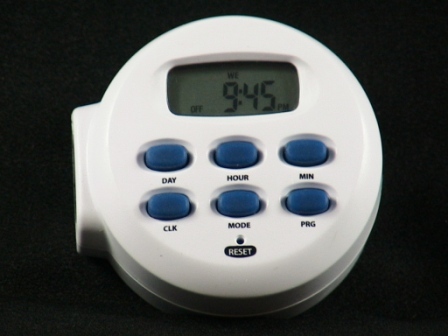 marine fish tank light
Questiongoing away for 9 days. Tank light on or off? Ha
marine fish tank light
Questiongoing away for 9 days. Tank light on or off? Ha
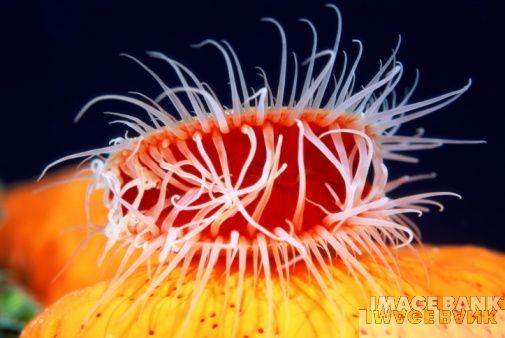 electrc-flame scallop
QuestionHi! I have an electrc flame scallop whos Flames
electrc-flame scallop
QuestionHi! I have an electrc flame scallop whos Flames